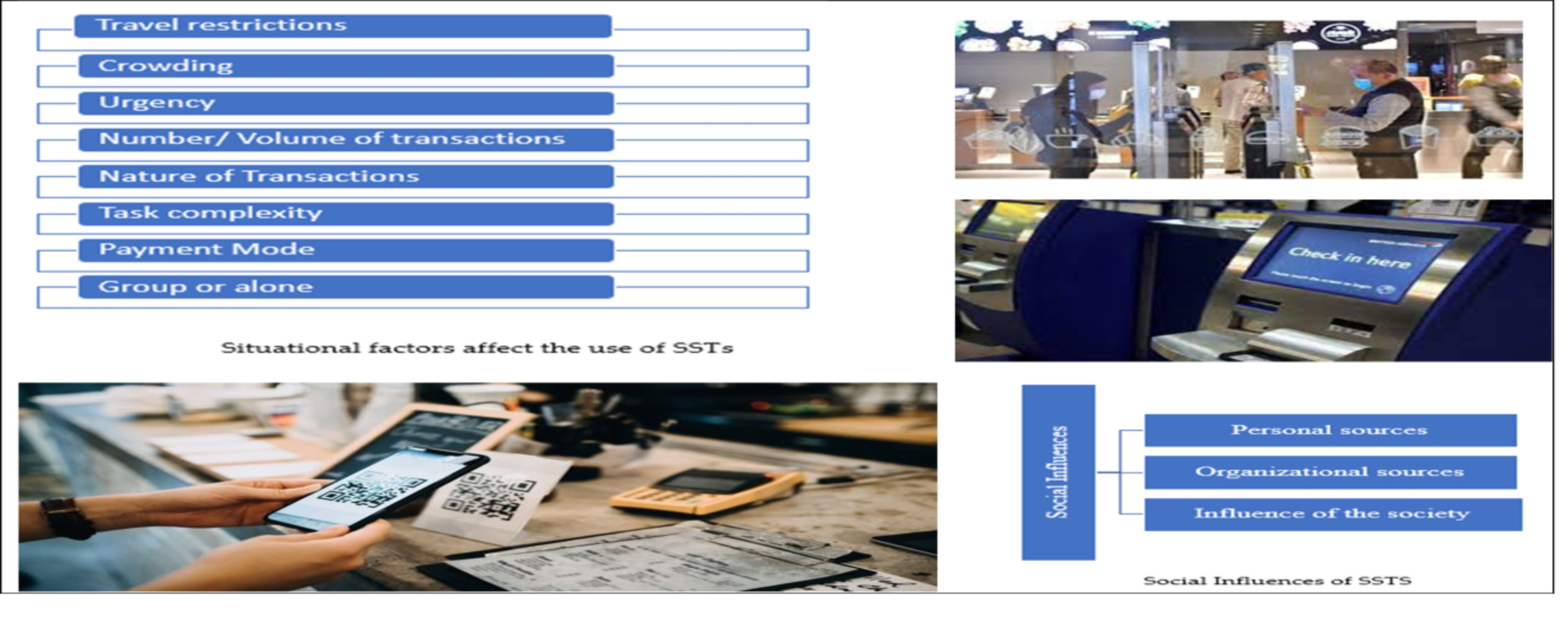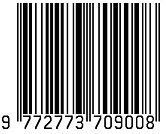Social and Situational Influences on Customer Shift Towards Self-Service Technologies
DOI:
https://doi.org/10.31357/ait.v2i1.5498Keywords:
self-service technologies, social factors, situational factors, consumer behavior, technologyAbstract
In recent years, significant developments have occurred in the service sector, most notably the introduction of technological interfaces to customer care interactions. Even though businesses invested heavily in Self-Service Technologies (SSTs) in the hope of maximizing their benefits, customers have not adopted the technology in the manner anticipated. Among many reasons behind customer movement towards SSTs, this study investigates the social and situational influences which have received little attention in scholarly work. To accomplish this purpose, a qualitative methodology is used, with 25 semi-structured interviews performed with SST users who were chosen using a purposive sampling method, and the responses were analyzed using the thematic analysis method. The study identified the influences of numerous social groups and classified them into three categories: personal sources, organizational sources, and the society at large. Eight situational factors were found as influencing to use SSTs: travel limitations, crowding, urgency, number/volume of transactions, nature of transactions, task complexity, payment mode, group/alone behaviors. This understanding fills the gap in the literature while providing insights to SST service providers that are needed to promote SST use and handle various conditions in which their customers' SST usage may fluctuate from situation to situation.

Downloads
Published
How to Cite
License
Copyright (c) 2022 Sandamali Galdolage

This work is licensed under a Creative Commons Attribution-NonCommercial-NoDerivatives 4.0 International License.
The Authors hold the copyright of their manuscripts, and all articles are circulated under the terms of the Creative Commons Attribution License, which permits unrestricted use, distribution, and reproduction in any medium, as long as that the original work is properly cited.
The use of general descriptive names, trade names, trademarks, and so forth in this publication, even if not specifically identified, does not imply that these names are not protected by the relevant laws and regulations. The authors are responsible for securing any permissions needed for the reuse of copyrighted materials included in the manuscript.




